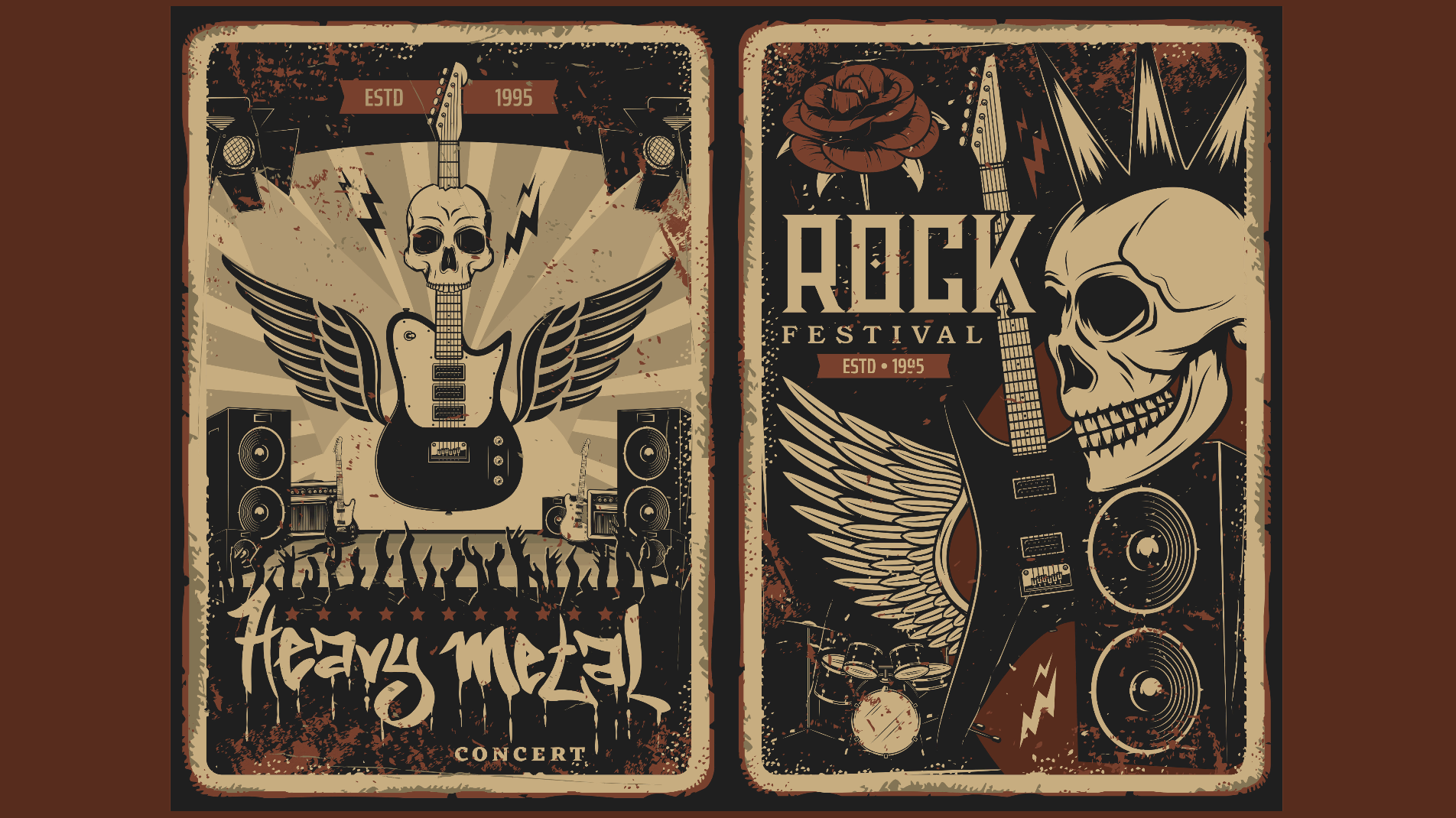If not yourself, how many people in the AV industry do you know that are musicians? Some were roadies, others were, and some are still in a band, and most of us have immersed ourselves in the earth-shaking sounds at concerts. When I was in college, we would measure the success of a concert experience by the fact that our ears were still ringing the next day.
During the past couple of decades, the effects of noise-induced hearing loss have been studied, leading to greater awareness on how to protect one's ears when in environments of any kind with unsafe noise levels. Only in more recent years have audio technology companies been addressing the need for assistive listening devices for a full range of conditions and applications that go beyond the hearing aids of our parent's or grandparent's time.
A Far-Reaching Concern
Since the beginning of the pandemic, we’ve dedicated a lot of time covering the importance of speech intelligibility for videoconferencing and other forms of remote participation. But we have fallen short in discussing the need for assistive listening in pretty much every environment.
The facts are astounding. According an article published by the Cleveland Clinic, noise-induced hearing loss (NIHL) is more common than one might think. Research studies found that NIHL affects approximately:
>> 5.2 million children and teens between ages 6 to 19
>> 26 million adults between the ages of 20 and 69
People of all ages can develop noise-induced hearing loss. Individuals who attend loud concerts or listen to music through headphones at high volumes are more susceptible to NIHL. In addition, those who have jobs in noisy environments are also particularly vulnerable.
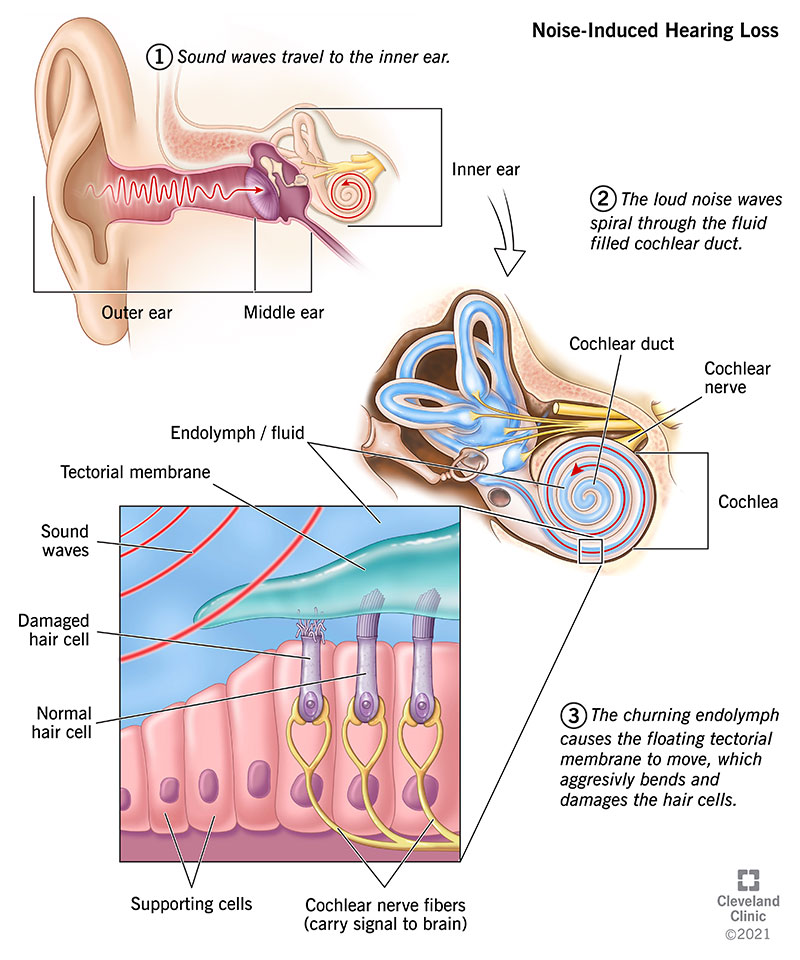
The Cleveland Clinic has shared the following information with us, and for a more in-depth read, check out the full article here.
What part of the ear is damaged in noise-induced hearing loss? Loud noises primarily affect the cochlea, an organ within the inner ear. When you’re exposed to loud noises, cells and membranes in the cochlea can become damaged.
How do you know if you have noise-induced hearing loss? There are a few things that could mean you're losing your hearing. Depending on the cause of your NIHL, symptoms may be immediate, or you may develop them over time. Some of the most common noise-inducing hearing loss symptoms include:
Inability to hear high-pitched sounds, like birds singing.
Muffled or distorted speech.
Tinnitus (ringing or buzzing in the ear).
A feeling of fullness or pressure in the ear.
Noise-induced hearing loss symptoms may last minutes, hours or days after noise exposure ends. But even if your hearing returns to normal, cells in the inner ear may still be destroyed. If enough healthy cells are left, your hearing will eventually come back. But as more cells are destroyed over time, hearing loss can become permanent.
What causes noise-induced hearing loss? NIHL occurs when the hair cells in your inner ear die. Once these hair cells are destroyed, they cannot grow back.
Noise-induced hearing loss may be caused by a single event, such as a loud explosion or gunshot. This type of NIHL can be immediate and permanent. In other instances, NIHL may be caused by exposure to loud noises over time. When this happens, you may go for weeks, months or even years before noticing symptoms, as they often occur gradually over time.
How long does it take noise-induced hearing loss to occur? It depends. In some cases, a single exposure to loud noise can cause immediate hearing loss. In other cases, symptoms may accumulate over several years. Research suggests that significant noise-induced hearing loss usually develops after 10 or more years of exposure.
[ DMB's Rashawn Ross Solves the Auditory 'Puzzle' with Sensaphonics IEMs ]
Halvard T. Eriksen, Age 52, Married, Bad Knees, and Worsening Hearing Loss
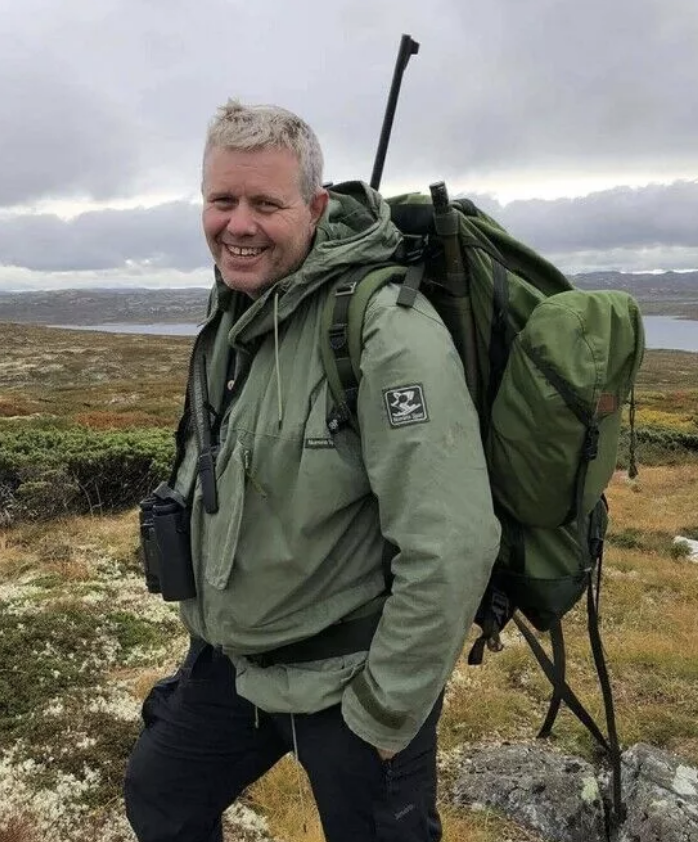
In a series of blog posts by Listen Technologies, channel partner Halvard Eriksen, a long-time AV integrator and sound engineer shares his own experience with hearing loss, hearing aids, and assistive listening systems. In this first post, he talks about the cumulative effect of noise on his hearing.
"I am a bassist and vocalist in various bands. If you’ve ever played in a band or been to a gig or rehearsal when everything gets too loud and you do not hear anything, you know it can be easy to get carried away by the atmosphere and groove," said Eriksen. "The volume goes up, and the mind goes out!"
Read the three-part series here.
AV Industry Responds
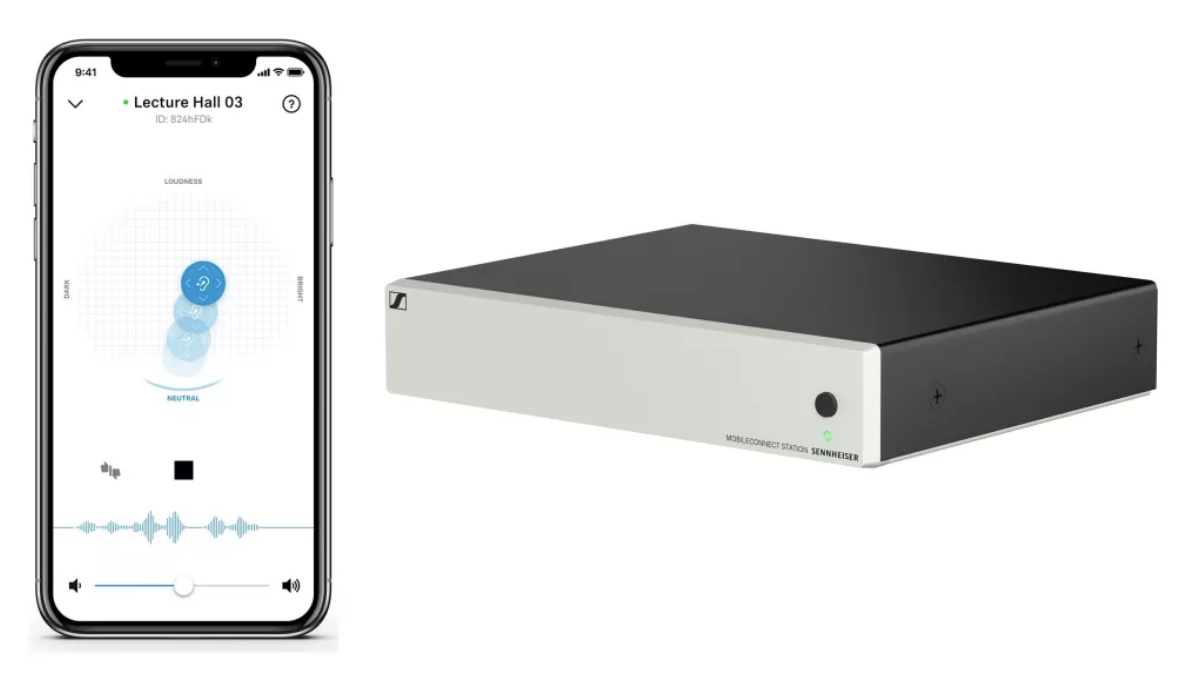
Sennheiser offers touchless audio with MobileConnect—an assistive listening solution over Wi-Fi. Focusing on the education sector. MobileConnect offers a fully customizable hearing experience for students, who listen via their own smartphones. “The system has many advantages for students, but also for operators and universities,” said Kai Tossing, head of product management, Business Communication, Sennheiser. “To name just a couple: Operators can simply use the existing Wi-Fi for audio transmission and do not have to invest in separate technology such as induction loops; and students don’t have to sit in dedicated areas or use hardware which identifies them as being hard-of-hearing, for example.”
[ Sennheiser Launches New Software and Standalone Mode for MobileConnect ]

beyerdynamic UNITE is a wireless communication system conceived for a range of applications. From tour guides, through voice transmission for speeches, to interpreter applications, assistive listening, silent PA, blind audio description coverage, and wireless intercom uses, UNITE offers a complete wireless solution.
Broadcasting in the DECT frequencies, which eliminates licensing fees, UNITE offers 24 simultaneous channels, a talk-back option for up to three speakers per channel, AES 256 encryption, and an optional Access Point to coordinate your system with Dante, creating a seamless communications solution. UNITE can be adapted to individual requirements with a range of available components. For example, the Unite AP4 expansion component via access point creates a robust solution for fixed installation applications.
This digital platform opens new possibilities for improved dialog between people, regardless of when, where, and how they wish to communicate. UNITE connects people—even over large distances (up to a 980-foot radius), language barriers, or with sensory disabilities.
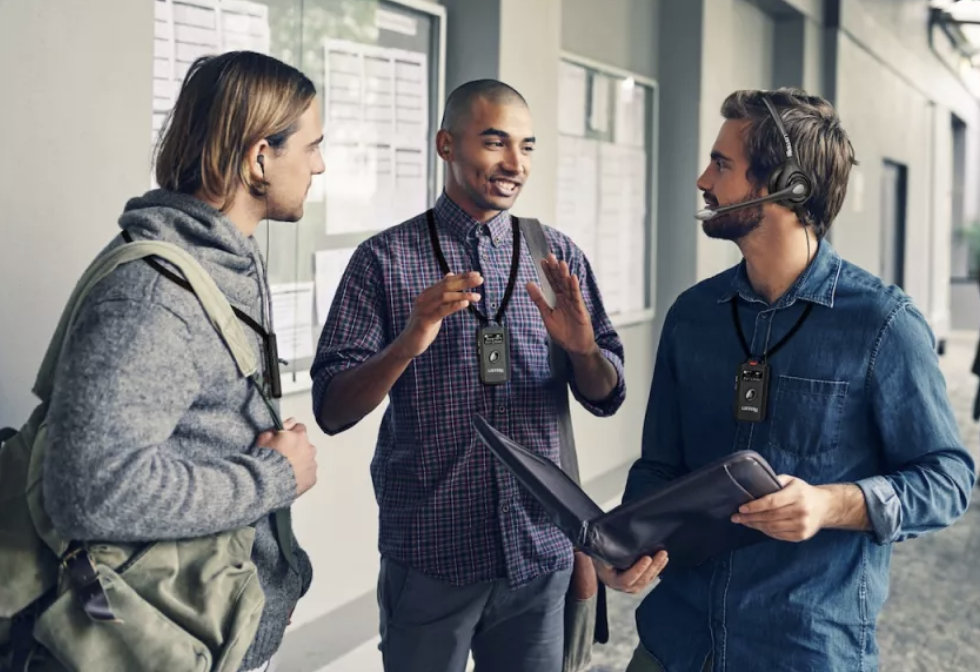
Listen Technologies’ ListenTALK lets users communicate in any environment, while following safe social distancing standards. The system features a small transceiver (combination transmitter/receiver) that users wear on a lanyard around their neck, accompanied by a venue-provided headset with microphone or users’ own headphones or earbuds with a built-in mic. Users press and hold a button on the transceiver to speak to just the leader or the group.
“With ListenTALK, listeners who do not understand the language of the presenter are not excluded from understanding what is said and sharing in the experience,” said Sam Nord, vice president of global sales at Listen Technologies. “Whether interpreters provide whispered, consecutive, liaison, simultaneous, or relay interpretation, we’ve made it easy to use ListenTALK and facilitate communication between groups that do not speak the same language.”

Williams AV’s WaveCAST Dante assistive listening system delivers wireless audio to personal devices via a free app. A spokesperson for the company, said that one of the things that makes this solution unique is that it incorporates a professional audio DSP. “It’s got real professional audio inputs and outputs; it’s got the ability to be optimized for speech intelligibility, music, or for assistive listening. You can tweak it to match the facility and the environment,” he said. Up to four WaveCAST systems can be configured on the same Wi-Fi network, delivering audio to up to 45 listeners via unicast or 200 in multicast mode. WaveCAST Dante is based on Audinate’s Dante Ultimo UXT chipset that supports AES67 and SMPTE 2110. It can be controlled by Audinate’s Dante Controller for setup and management.
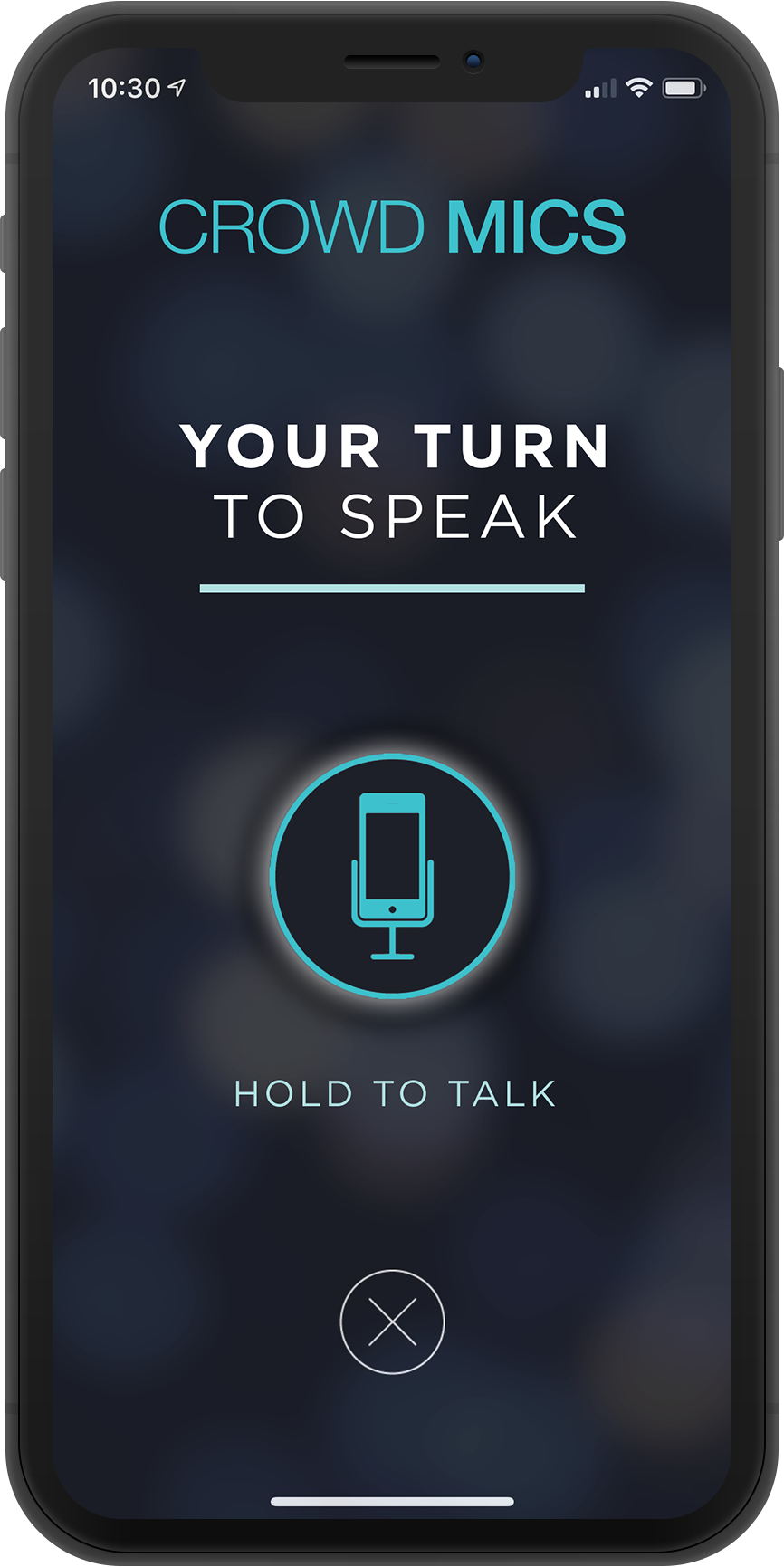
Biamp Crowd Mics transforms every smartphone into a personal microphone and interactive response system via a free iOS or Android app. By downloading the free app, audience members can share their thoughts and questions with the room without having to pass a mic or awkwardly line up to speak. They can also share these same thoughts and questions via text, allowing those with an aversion to public speaking to still take part in the conversation.
It’s just as important for students and meeting attendees to be heard as it is the presenter to be heard. With Crowd Mics Online, geographically diverse audience members can use their smartphones to connect with the event presenter as if they were in the same room.
Audio Engineering Society (AES) Takes Note
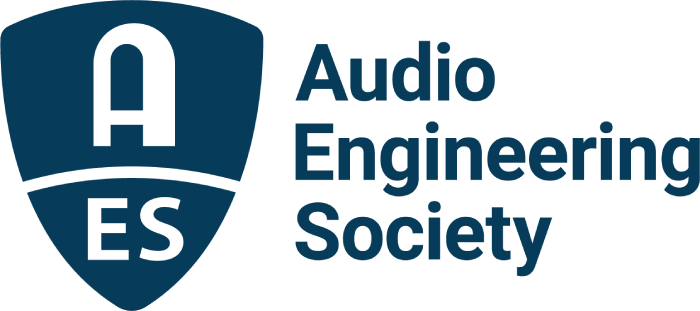
In 2005, the Audio Engineering Society (AES) formed the AES Technical Committee on Hearing Loss and Prevention. Its mission statement:
1. Raising AES member awareness of the normal and abnormal functions of the hearing process.
2. Raising AES member awareness of the risk and consequences of hearing loss resulting from excessive sound exposure.
3. Coordinating and providing technical guidance for the AES supported hearing testing and consultation programs at US and European Conventions.
4. Facilitating the maintenance and refinement of a database of audiometric test results and exposure information on AES members.
5. Forging a cooperative union between AES members, audio equipment manufacturers and the hearing the hearing conservation communities for purposes of developing strategies, technologies, and tools to reduce and prevent hearing loss.
The committee is organizing its 4th International AES Conference on Hearing and Hearing Loss Prevention to take place sometime in 2022.
